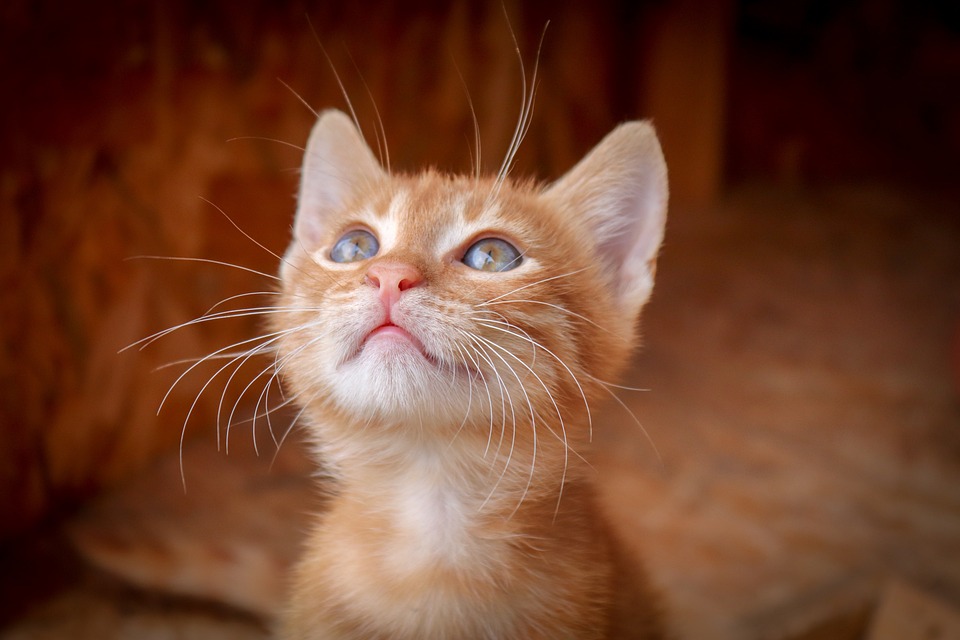Feline Upper Respiratory Infections (URIs) are a common health issue among cats. These infections can be caused by various factors and can lead to discomfort and complications if left untreated. In this article, we will discuss the causes, symptoms, and prevention of Feline Upper Respiratory Infections, along with answering some frequently asked questions regarding this condition.
Understanding Feline Upper Respiratory Infections
Feline Upper Respiratory Infections, also known as cat flu, are viral or bacterial infections that affect the upper respiratory system of cats. These infections can cause inflammation and irritation of the nasal passages, throat, and sinuses, leading to a range of symptoms.
Cats can contract URIs through direct contact with infected cats or through exposure to contaminated objects, such as food and water bowls or bedding. URIs are more common in multi-cat households or shelters due to the close proximity and increased chances of exposure.
Causes of Feline Upper Respiratory Infections
Several viral and bacterial pathogens can cause URIs in cats. The most common viral causes include Feline Herpesvirus (FHV-1) and Feline Calicivirus (FCV). Other contributing factors include Chlamydophila felis, Bordetella bronchiseptica, and Mycoplasma spp.
Feline Herpesvirus (FHV-1) is the most common viral cause of URIs in cats. It is highly contagious and can cause symptoms such as sneezing, nasal discharge, and conjunctivitis. Feline Calicivirus (FCV) is another common viral cause and can lead to mouth ulcers, fever, and lameness.
Recognizing Symptoms of Feline Upper Respiratory Infections
Symptoms of URIs in cats may vary depending on the severity of the infection and the specific pathogen involved. Common symptoms include sneezing and nasal discharge, congestion and nasal congestion, coughing and wheezing, conjunctivitis and eye discharge, fever and loss of appetite, and lethargy and depression.
Prevention of Feline Upper Respiratory Infections
Preventing Feline Upper Respiratory Infections is crucial to maintaining a cat’s health. Vaccination is an essential preventive measure, as it can protect cats against the most common viral causes of URIs. Regular vaccination schedules should be followed, especially for cats in multi-cat households or shelters.
Good hygiene practices, such as regularly cleaning and disinfecting food and water bowls, bedding, and litter boxes, can help prevent the spread of infections. Isolation and quarantine of infected cats are also important to prevent the transmission of URIs to other cats.
Reducing stress in cats can help boost their immune system, making them less susceptible to infections. Providing a balanced diet with proper nutrition can also contribute to a cat’s overall health and immunity.
FAQs about Feline Upper Respiratory Infections
Q1. Can Feline Upper Respiratory Infections be transmitted to humans?
A1. No, URIs in cats are not zoonotic and cannot be transmitted to humans.
Q2. Is there a cure for Feline Upper Respiratory Infections?
A2. While there is no specific cure for URIs, supportive care and treatment can help manage symptoms and promote recovery.
Q3. How long does it take for a cat to recover from a URI?
A3. The recovery time can vary depending on the severity of the infection and the overall health of the cat. Mild cases may resolve within a week, while more severe cases may take several weeks to recover fully.
Q4. Can a cat get a URI more than once?
A4. Yes, cats can get URIs more than once, especially if they have been exposed to different strains of viruses or bacteria.
Q5. Are there any long-term complications associated with URIs?
A5. In some cases, URIs can lead to secondary bacterial infections, pneumonia, or chronic respiratory issues if left untreated or if the cat’s immune system is compromised.
Conclusion
Feline Upper Respiratory Infections can pose a significant risk to a cat’s health, especially if left untreated. By understanding the causes, recognizing the symptoms, and implementing preventive measures, cat owners can help their feline companions stay healthy and minimize the risk of contracting URIs. Remember, regular veterinary check-ups and timely intervention are key to ensuring your cat’s well-being. Stay informed, take appropriate action, and provide the care your beloved feline friend deserves.
Disclaimer: This article is for informational purposes only and should not be used as a substitute for professional veterinary advice. If your cat is displaying concerning symptoms or you suspect a URI, consult with a veterinarian for accurate diagnosis and treatment.








